In a dramatic escalation of unrest, Madagascar’s president has dissolved the government following days of youth-led protests that turned violent. The demonstrations erupted in response to repeated water and electricity outages, and drew international condemnation after reports of mass casualties and heavy security force interventions.
Spark of the Uprising
The unrest began in late September, largely in the capital Antananarivo and spreading to other urban centers. Young demonstrators—many from Gen Z—mobilized over prolonged and frequent power cuts, as well as shortages in clean water. Their demands ranged from resignation of government officials to meaningful reforms in essential infrastructure.
Many of these protests were organized online, drawing inspiration from recent youth-led movements in other countries. Protesters adopted symbols and slogans that resonated with their grievances, aiming to highlight how the outages had hampered daily life, education, and economic activity.
Clashes, Curfews, and Casualties
What began as mostly peaceful marches deteriorated rapidly when security forces clashed with protesters. Tear gas, rubber bullets, and reported use of live ammunition were deployed, according to human rights observers. Barricades, burning tires, and attacks on state infrastructure became widespread. Some looting and property damage also occurred in different neighborhoods.
The United Nations human rights office reported that at least 22 people were killed and more than 100 injured over the course of the unrest. Fatalities reportedly include both protesters and bystanders, with several deaths attributed to security force responses, while others occurred amid violence by looters or gangs in the chaos. The government has disputed these numbers and claimed they are exaggerated, though it has not presented credible alternative statistics.
In response to the escalating situation, authorities imposed nationwide curfews—particularly in major cities—running from evening to early morning. The curfews, however, failed to fully stem nightly confrontations or quell the anger of crowds returning to the streets.
Political Shake-Up
Confronted with mounting pressure and national crisis, President Andry Rajoelina announced the dissolution of the sitting government. He dismissed the prime minister and his entire cabinet, though the officials will remain in place in a caretaker capacity until new leadership is appointed.
Rajoelina pledged an expedited process: within three days, proposals for a new prime minister would be reviewed. He expressed regret over the unrest and apologized if any public servants had failed the people’s expectations. Nevertheless, he stopped short of resigning himself—despite calls from protesters demanding his removal as well.
The move to dismantle the cabinet is viewed as both a concession to public outrage and a strategic attempt to reset governance. Whether it will satisfy protesters—or prove sufficient to restore stability—remains uncertain.
Underlying Discontent
Madagascar has long struggled with weak infrastructure, widespread poverty, and recurring governance challenges. Most of its population lives below the poverty line, and everyday hardships—such as failing utilities—are not new frustrations. But this protest wave reflects deeper anger: many young people see little future for themselves, especially when key services are unreliable.
The protests represent not just a demand for electricity or water, but for accountability, dignity, and responsive governance. The youth-driven nature of the movement — rather than partisan politics — underscores how daily grievances have morphed into political awakening.
What Lies Ahead
The key questions now are:
- Will the new government placate protesters? Appointing credible and reformist figures could help, but symbolic changes may not be enough without systemic progress.
- Can security forces avoid further violence? Trust is severely damaged; any heavy-handed response risks reigniting unrest.
- Will there be genuine reform of utilities? The long-term stability of Madagascar depends on fixing infrastructure failures that triggered this crisis.
- Will public pressure hold? Sustained protest momentum may push the government further, or fatigue could allow the authorities to reassert control.
For now, Madagascar hangs in an uncertain balance. The revolt has shaken institutions, revealed the limits of authority, and exploded long-smoldering frustration into the open. In a country whose people have endured too many broken promises, this moment may prove transformative—or fuel deeper distrust that could haunt its leaders for years.

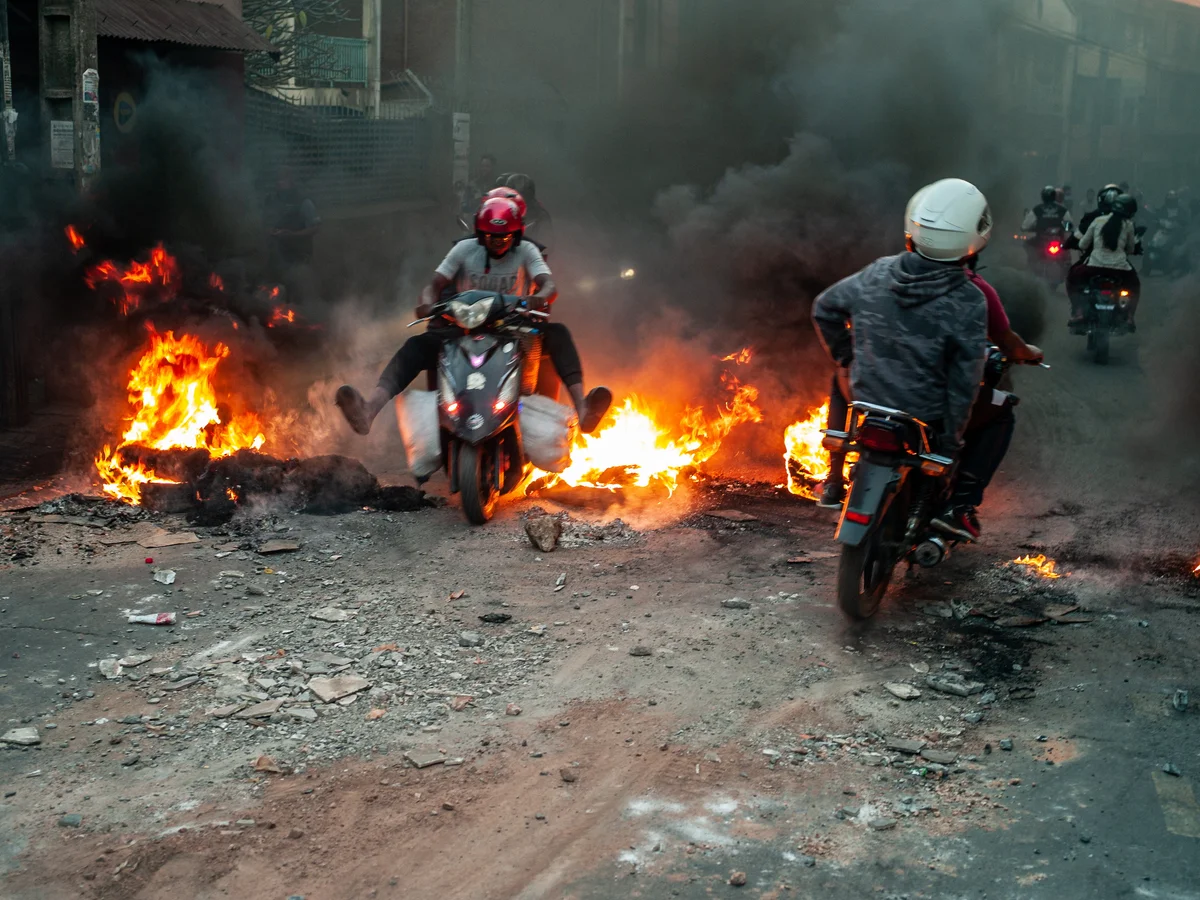



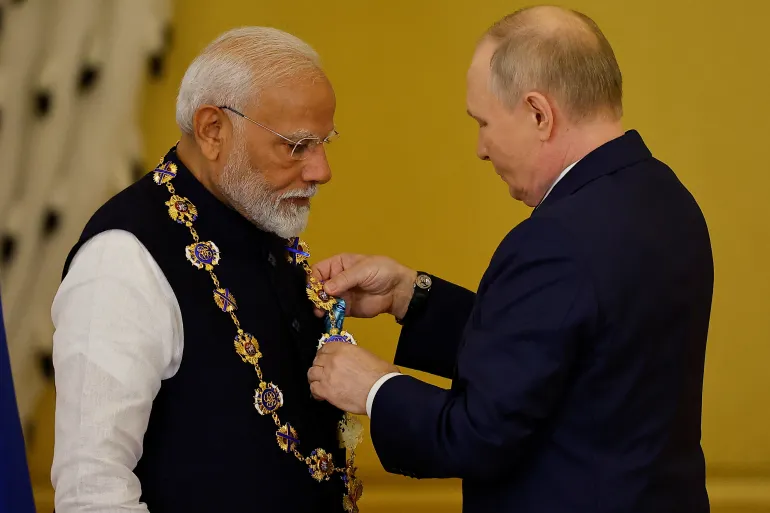

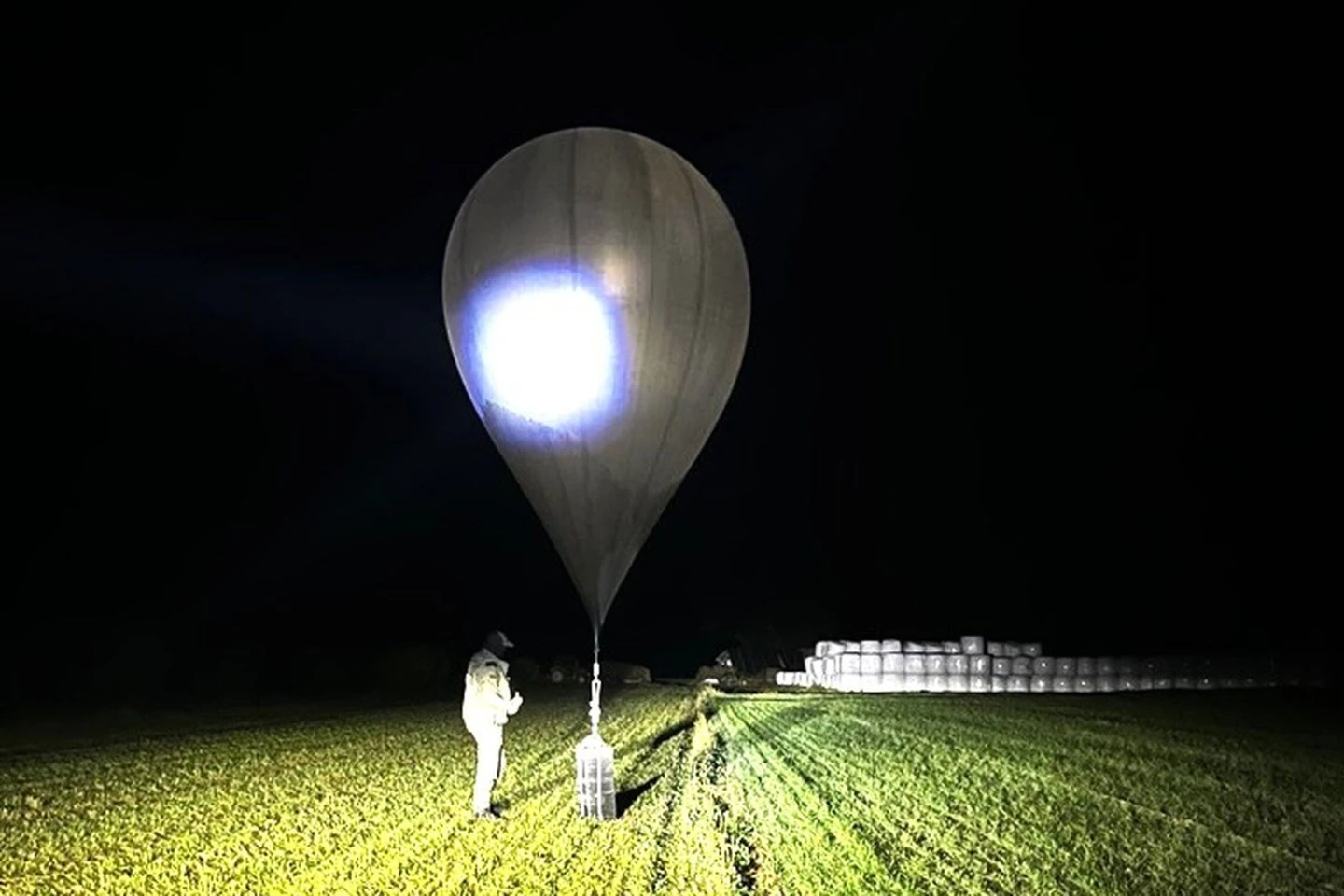
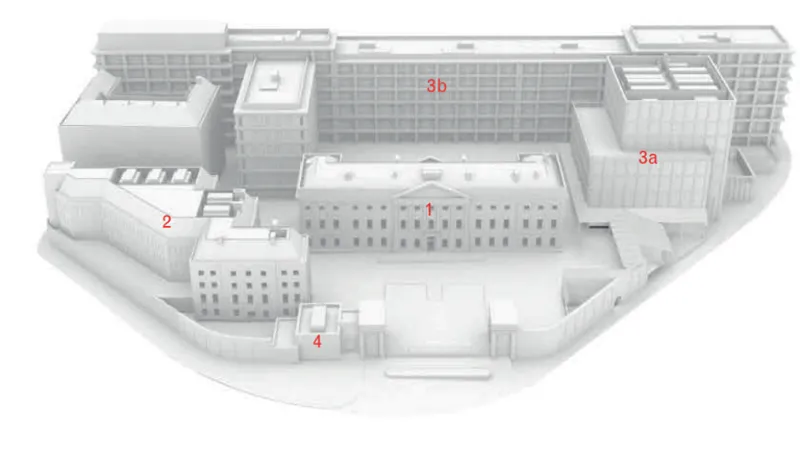

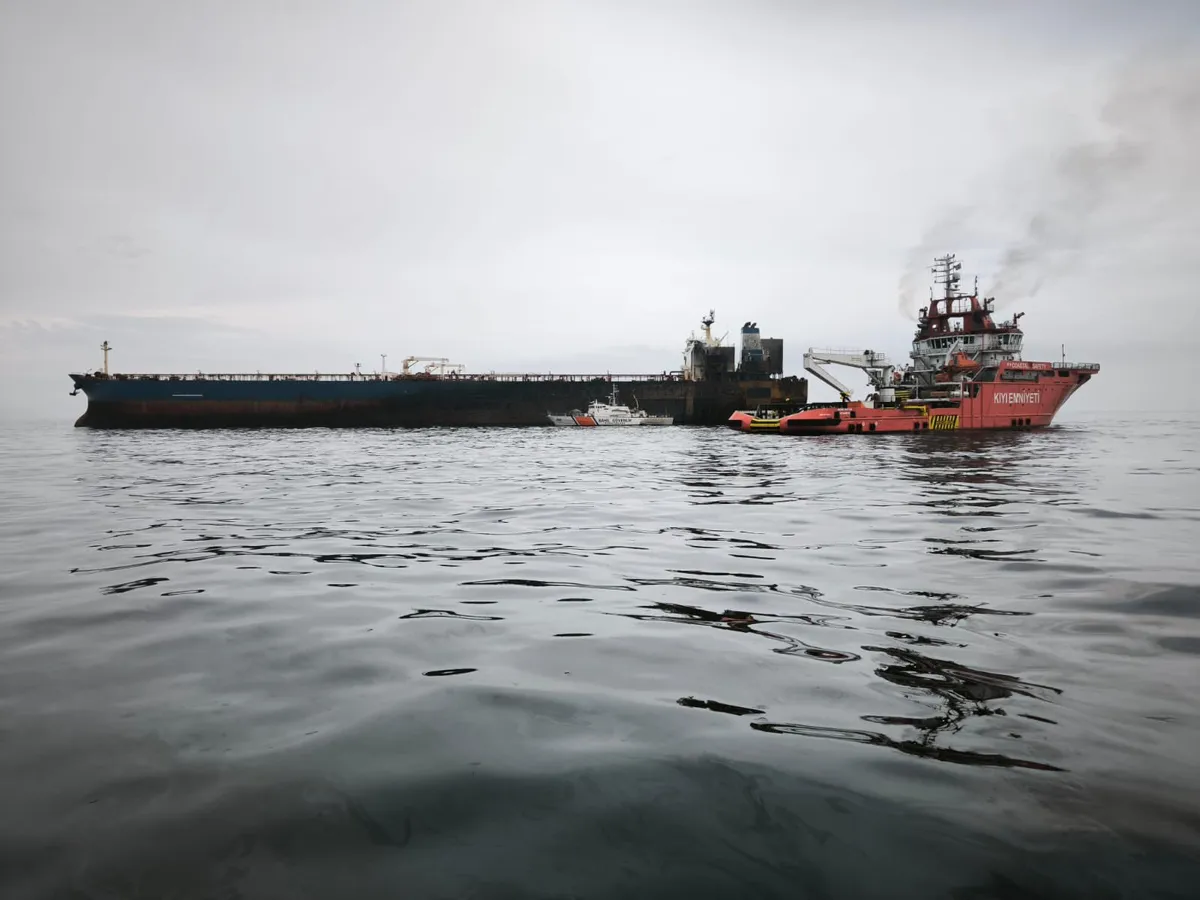





Leave a Reply